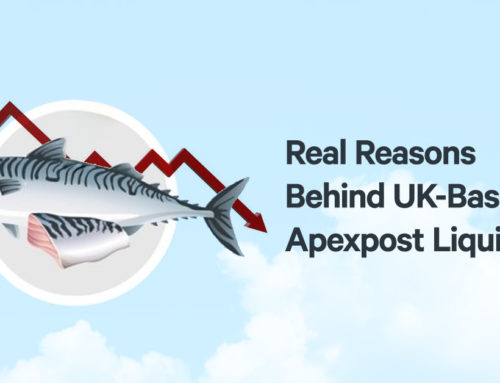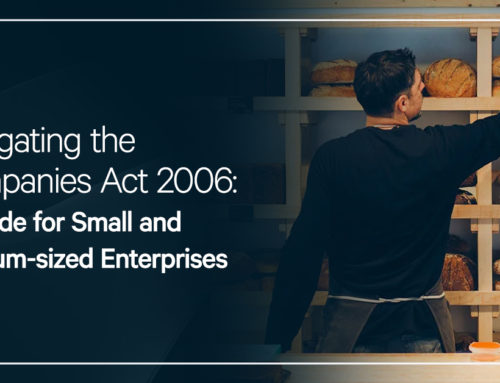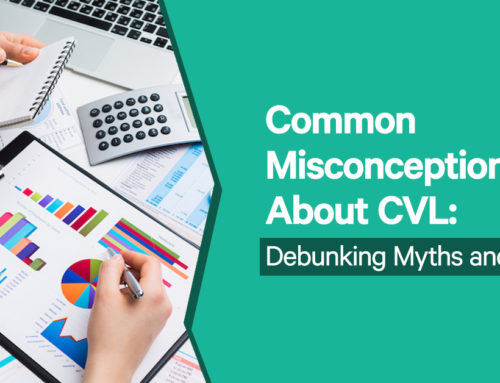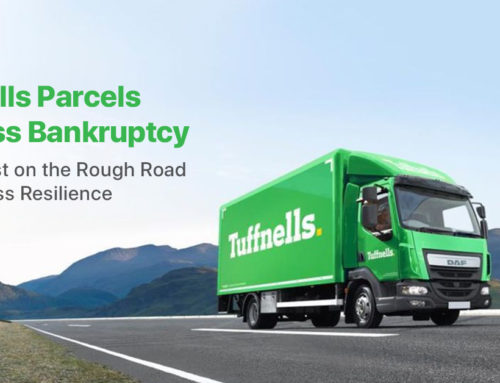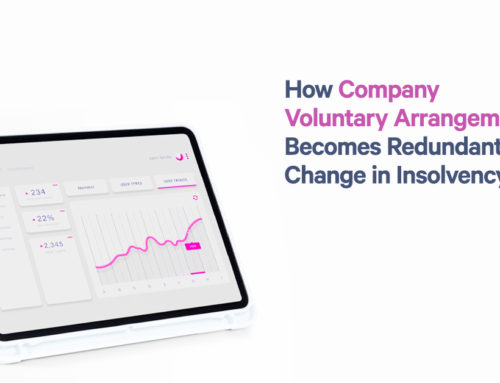There are two principal ways to close a solvent limited company; either a voluntary or informal strike-off or through a Members’ Voluntary Liquidation (MVL). It is often believed that an MVL is the most tax-efficient way, but it may not always be the best option, particularly when it comes to how much tax shareholders will have to pay. So, how do you calculate Members’ Voluntary Liquidation tax?
Voluntary strike-off or an MVL?
A voluntary strike-off can be good if the retained profits to be distributed to shareholders are lower than £25,000. In this situation, shareholders will only pay Capital Gains Tax (CGT) on their profit share. For basic taxpayers, it is 10%, and for higher rate taxpayers, it is 20% unless Entrepreneurs Relief (now known as Business Asset Disposal Relief) is applied, in which case it will be 10%.
However, if the solvent limited company’s profits are more than £25,000, shareholders will not only have to pay CGT, but their share of the profits is also subject to income tax. How much income tax is due depends on whether it is paid as dividends or as a salary and the shareholder’s personal tax rate.
With an MVL, which can take around a year to complete, the company’s retained profits can be distributed to shareholders as a final dividend, considered a capital gain and not as an income. So, whilst the dividend is subject to tax, it is only Capital Gains Tax (CGT) which, if the shareholder qualifies for Business Asset Disposal Relief (BADR), could effectively reduce their tax bill. However, income tax will still need to be paid if:
- The company has a maximum of five shareholders.
- A director or shareholder becomes involved with a company in a similar activity or trade within two years.
- The main aim of the MVL is to avoid paying tax.
How does an MVL work?
Once the decision has been made to close a solvent limited company, an IP has been appointed, and directors/shareholders have signed the declaration of solvency, the IP, who is now acting as liquidator, will proceed with the process. They will advertise the impending closure in The Gazette, in accordance with liquidation regulations, advise HMRC and notify Companies House.
The assets are subsequently sold – directors and shareholders are allowed to purchase any asset from the company as long as they are bought from the liquidator at market value. Any outstanding payments are collected, any outstanding liabilities are settled, and any remaining funds are distributed to shareholders as dividends. Once this takes place, the company is officially closed and removed from the Companies House register.
The drawback of using an MVL process is that it is time-consuming and costly. The most expensive element is the liquidator’s fee, but there are also payments to Companies House, The Gazette and other disbursement costs involved, all of which are deducted from retained profits.
Two other aspects to consider are the Targeted Anti-Avoidance Rule (TAAR) and Moneyboxing.
What is TAAR?
The Target Anti-Avoidance Rule is designed to stop phoenixing, which is the bad practice of liquidating a company and then starting an identical company to avoid paying any tax. If you close a company, under TAAR rules, you are not allowed to be involved with a company in a similar activity or trade for at least two years.
If this happens, HMRC considers the distribution you received from the closed company after it was liquidated an income. At this point, as well as being charged income tax on the distribution, BADR at 10% is also no longer valid, and you will need to pay dividend tax at the marginal rate.
However, there has been a lack of clarity regarding TAAR around closing one company and joining an umbrella company and whether this constitutes breaking the rules. Since TAAR came into force, it has been amended to allow directors to continue being active in a similar trade as long as they are an employee and not a business owner. In these circumstances, HMRC believes that the purpose is not to avoid tax.
What is moneyboxing?
With an MVL process, it is important that profits in the company aren’t withheld on purpose as HMRC may consider this ‘excessive’ to the company’s commercial needs and closing the company was just to gain a tax advantage. This is known as moneyboxing, and an HMRC consultation document in 2015 said, “the practice amounts to active tax planning in areas… [that] lead to unfair outcomes.”
But defining ‘excessive’ is where the problem comes for HMRC as there is currently no formula that enables HMRC to calculate what is considered a fair working capital for a company. That said, HMRC is aware of the practice and does look out for it.
The principal advantages of using an MVL process to close a solvent company with a high level of retained profits is that the capital distributed to shareholders as dividends are treated as a capital gain rather than income. This means that the shareholder will pay CGT at 20%, which could be reduced to 10% if they qualify for BADR.
If you are struggling with corporate or personal debt and unsure what the right route is to deal with your creditors, the first step is to seek professional advice. Our highly experienced professionals at Leading are on hand to help with advice on managing personal and professional insolvency matters. Contact us today and discover how we can help you.


